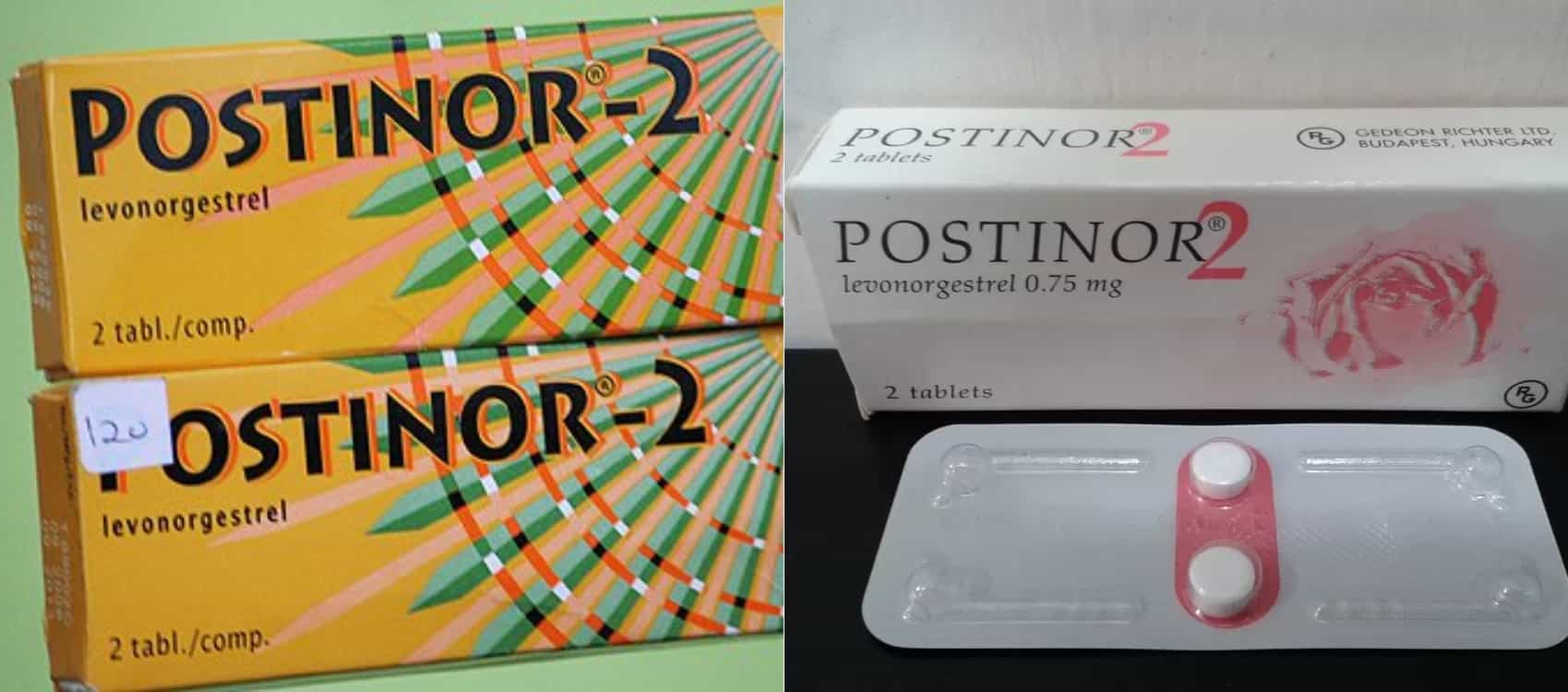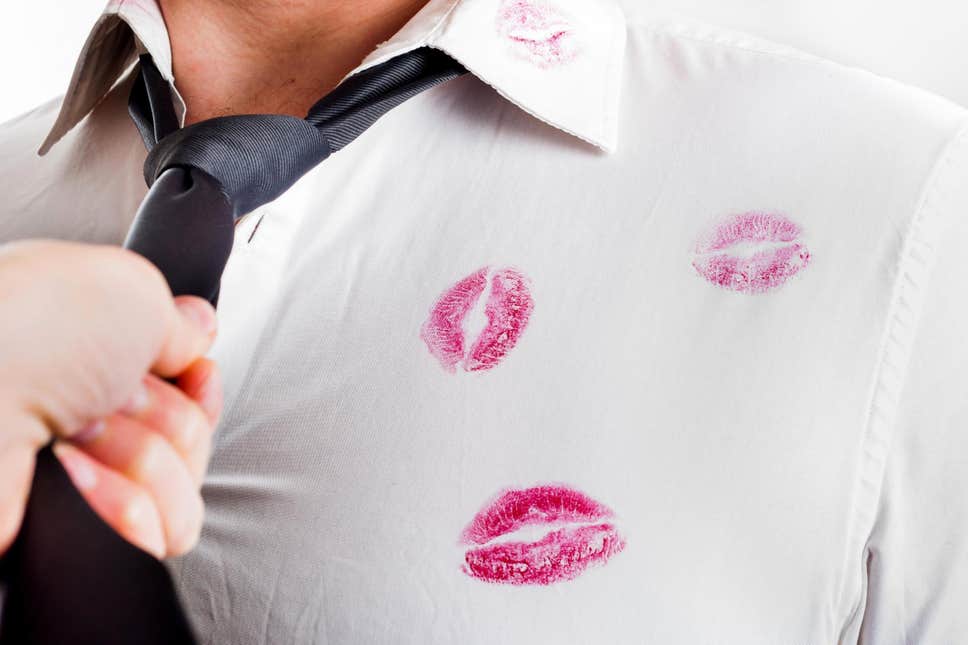Now that it’s summer and we’re all covered in sweat, it’s more important than ever to start paying attention to what’s up down there. With sweat, wet bathing suits, and friction-inducing clothes, your genital area is more at risk for certaub issues than at any other time of year. Finding a bump on your vulva can be enough to send you into a full-fledged Google-searching panic, but fear not: Not every rogue red dot is cause for concern — sometimes it may just be a pimple.
“Bumps in the vaginal area can sometimes be normal if they have been there for a relatively long time and have not been painful, grown in size, or spread over the area,” says Dr. Jessica Shepherd, MD, of the ob-gyn department at the University of Illinois at Chicago. “Bumps to consider abnormal are those that are relatively new after a sexual encounter or a new partner, painful, or have pus or some type of discharge from them.” If they don’t fit into any of those categories, they may just be regular (albeit pesky) pimples.
Although bumps on your vagina are much more hidden than the ones on other body parts (like your face), that doesn’t mean they don’t deserve the same level of care. “A healthy vagina needs the same hygienic attention as any other part of your body similar to the way we care for our face,” says gynecologist and author of She-ology Dr. Sherry Ross. “[The vaginal area] has sweat glands and hair follicles that are prone to buildup, just like any other of the body.” So what can you do to deal with vulva acne? Follow these expert-approved tips. First and foremost: Don’t freak out! It’s totally, totally normal.
1. Understand how they get there.
The best way to handle pimples on your labia? Do everything you can to stop them from popping up in the first place. “Pimples can be caused by shaving, recent waxing, using harsh washes, or after an accumulation of sweat in the area,” says Dr. Shepherd. “Body washes that use harsh ingredients and have the wrong pH can aggravate the skin, too.” A healthy vaginal pH is between 3.5 and 4.5, and your best bet is to look for a product within the same range. Antibacterial soaps tend to have pH levels between 9 and 10, so steer clear of those to be safe. Products will usually list their pH levels on the packaging (again — you want something between a 3.5 and a 4.5), but if you aren’t sure, a quick Google search for a product should reveal the info.
2. Grab a mirror.
Time to get up close and personal with your vulva. “It can be challenging to know the difference between a vaginal pimple versus an ingrown hair, sebaceous cyst, or wart,” says Dr. Ross. “Using a mirror can give you a close-up to try and figure it out — but it can be difficult [to tell].” When in doubt, always consult an ob-gyn.
3. Do not pop pimples anywhere near your vulva.
It’s the same cautionary rule you’re constantly hearing about pimples (although there is a right way to pop), but it’s even more important when they’re in your vaginal area. According to Dr. Shepherd, popping these pimples can lead to an infection in the area and cause more serious problems.
4. Keep the area dry.
See you later, sweaty yoga pants. Sweat is one of the leading causes of pimples on your vulva, so make sure you change out of any moist or sweaty clothing and keep the area as dry as possible — and that includes wet bathing suits.
5. Be careful with hair removal.
If you opt to get rid of some or all of your pubic hair, it’s important to do it the right way. “For prevention, it is helpful to get rid of hair that is causing ingrowns in the bikini line that lead to painful pimples,” says Dr. Michele Farber of Schweiger Dermatology. “This means gentle shaving practices — using shaving cream instead of plain soap and water. For the ultimate solution, laser hair removal can get rid of dark and thicker hairs.” If you’re planning on waxing, be sure the area is clean ahead of time, and exfoliate after any hair removal to avoid ingrowns. Another important rule of thumb? “Any tool that is used on your body daily needs to be cleaned regularly,” says Dr. Ross. “The bathroom can be a reservoir for bacteria, so it is absolutely necessary to clean or replace bathroom items weekly.”
6. Check your products.
“It is important to look at what you are using in the shower to wash your body, as some products aren’t pH-balanced and can use irritating ingredients,” says Dr. Shepherd. “SweetSpot Labs makes 97% to 98% natural Gentle Washes to use in the shower and On-the-Go Wipes to stash in your purse.” Steer clear of anything made with harsh sulfates, glycerin, parabens, phthalates, gluten, soy or dairy, and stick with natural products when you can. Don’t attempt to use any sort of facial zit cream, either, because it will hydrate the area and exacerbate the problem.
7. Try benzoyl peroxide.
As far as bumps go, benzoyl peroxide is basically your best friend. To treat bumps once they are there, medicated body washes with benzoyl peroxide can be helpful, says Dr. Farber. If you have sensitive skin, opt for something with benzoyl peroxide 5% or less to prevent irritation. These washes can also be used as maintenance prior to shaving. Just make sure you keep it on the external skin — don’t use directly on the vulva without evaluation from a physician.
8. Use a warm compress.
For those big, cystic suckers, use a warm, wet washcloth to help reduce irritation. “First try soaking or applying heat to a growing pimple on the vagina for a couple of days,” advises Dr. Ross. “If it doesn’t go away or the pimple is growing in size, you may want to see a health-care provider. If you develop a rash, fever, or pain, you will also want to have a professional take a look.”
9. Consider cortisone.
Just as cortisone shots are an option for especially severe facial acne, they can also work on your bikini line. “For more immediate relief, visit your dermatologist for a quick injection of cortisone to calm down a larger lesion,” says Dr. Farber.
10. Know when it’s time to consult your ob-gyn.
If you follow all of the best practices for cleanliness and dryness and the zit still won’t quit, talk to the experts. “If pimples are recurring and do not seem to go away, go to your gynecologist to have them evaluated to make sure they are not an STD.” And even if they’re not, an ob-gyn can still serve as a great resource for helping to treat your acne. “They can help find ways to help minimize breakouts,” says Dr. Shepherd.




